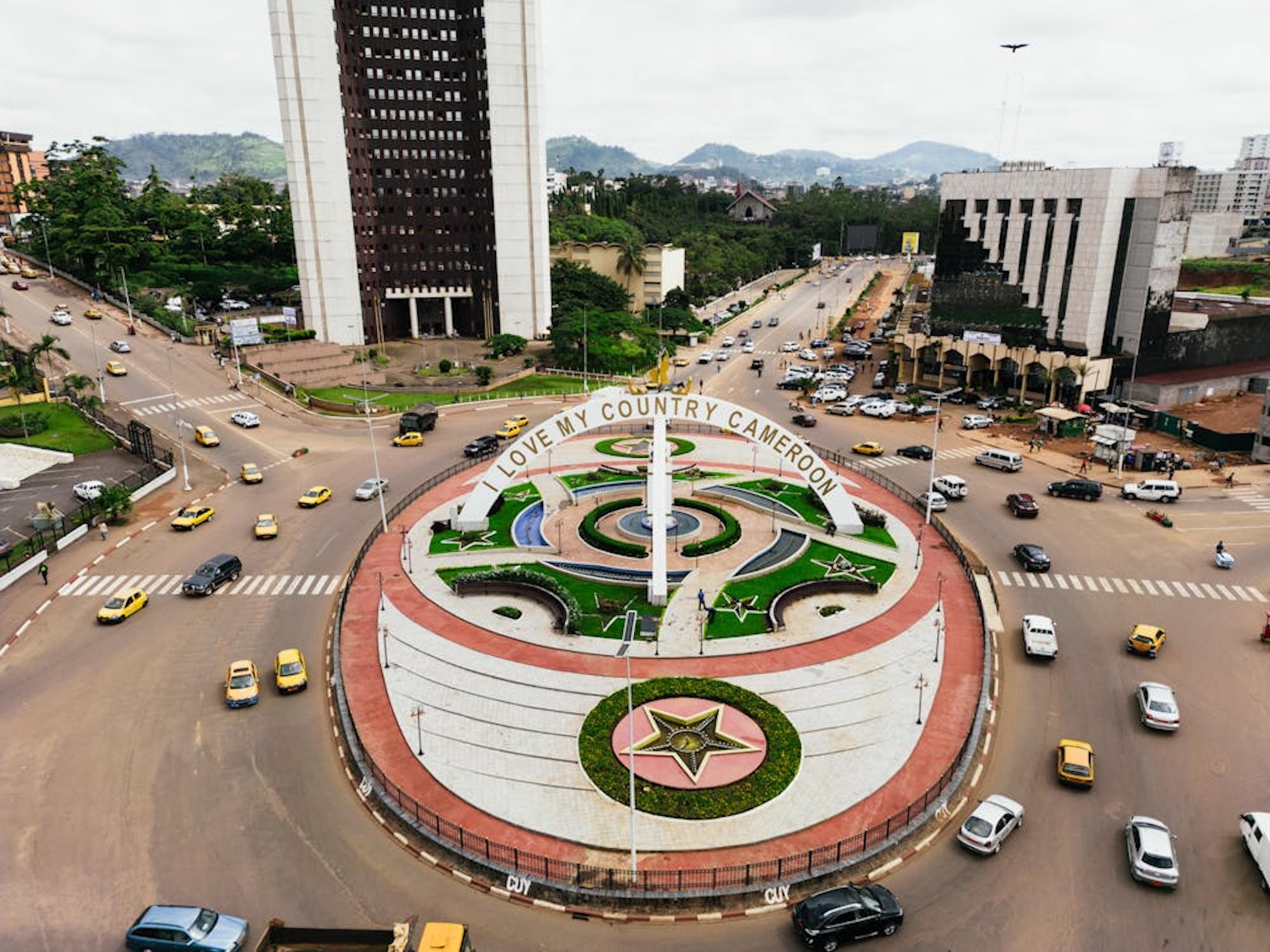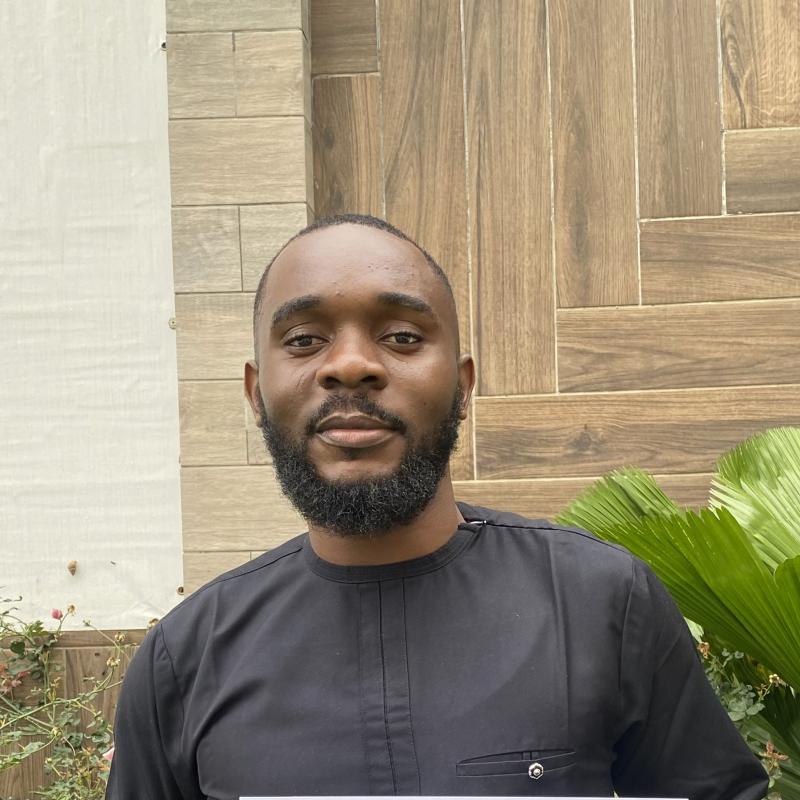The opposition’s division means Biya could secure an eighth term in Cameroon’s upcoming election
Prince Forghab, an MPP student and a Mastercard Foundation Scholar under Africa Oxford Initiative (AfOx), reflects on the urgency of collaboration ahead of Cameroon’s October election.

Paul Biya, who took power in April 1982, has been in government since the age of 29. Today, at 92 years old, he has served Cameroon for the last 63 years in different capacities, from secretary general at the presidency to prime minister.
Cameroon is a strong democracy on paper, but many commentators would argue that Biya is in fact synonymous with the state. Due to clientelist mechanisms and social cleavages, Biya has been able to structure the state to ensure his longevity in power.
The legacy of colonialism
Commentators have pointed out that Cameroon’s governance has been weakened by a colonial legacy. After the defeat of the Germans during World War I, Cameroon was placed under the control of Britain and France. Both countries practiced distinct administrative styles. The British had an indirect rule approach, which leveraged on the role of chiefs. The French on the other hand used centralised dynamics such as assimilation and association. Both systems centralised power in the hands of colonial governors, establishing hierarchical systems that enabled autocracies.
Assimilation for example sought to create “French Africans” who had received French training in the metropolis to govern in the absence of a foreign settlers. Following independence, some of these leaders inherited state power, emerging as presidents in their countries. This didn’t come served on platinum plates. Some were marked by harsh struggles which were perhaps inspired by Frantz Fanon’s . Nonetheless, this liberation brought little effacement of colonial legacy such as systems of administration, language or cultures. In fact, most African countries inherited weak constitutions and centralised establishments unable to mediate power transitions and democratic governance. For the case of Cameroon, by 1961, the colonial legacy had created a hybrid system–both British and French–which exacerbated governance issues. This contributed to long-standing schism between British Cameroon (anglophone minority regions) and French Cameroon (francophone majority regions).
Biya’s absolute rule
Paul Biya is the second longest-serving non-royal head of state in Africa after Teodoro Obiang Nguema of Equatorial Guinea. He took power after President Ahidjo abdicated from 22 years of rule. In 1972, Ahidjo put an end to the federal system which marked the unity of British Cameroon and French Cameroon forming the United Republic of Cameroon which Biya would morph into the Cameroon of today. Under the United Republic of Cameroon, only one party was allowed, the Cameroon National Union (CNU). This move was part of a broader effort to centralise authority and allegedly promote national unity. President Paul Biya, would later rebrand the CNU as the Cameroon People's Democratic Movement (CPDM) in 1985.
During his reign, Biya has adopted policies that would keep him in power indefinitely. In 2008, he removed constitutional term limits, after modifying the constitution in 1996. His argument was that we cannot limit the choice of the people, referring to himself as the indispensable and powerful man that Cameroon needs to achieve growth, security and stability. Furthermore, Biya now decides who rules with him. Aside from being President of the Republic, he is in control of major appointments, including all army generals, colonels and captains, director generals in parastatals and public entities, ministers, as well as deans at universities.
Biya has equally adopted the leadership of absenteeism. He is frequently on extended stays abroad, with Switzerland noted as his favourite paradise. This complete disconnect from governance speaks to his ability to lead, but also the belief that his presence is unnecessary for the state to function.
The upcoming presidential election
Cameroon’s citizens are engaging more with politics, with the rising cost of living, high crime rates and poor infrastructure. One question dominates the political discourse across the country: will President Biya seek an eighth term? Presidential terms in Cameroon last for seven years. Many are asking what possible good could he bring to the country after 42 years of inertia at 92 years of age?
One challenge looms large: the division of the opposition. The failure of the opposition to collectively organise in the 2018 presidential elections led to the victory of the CPDM once more. Cameroon currently has over 150 political parties of which over 50 often pledge their support to the CPDM at every election. In the last decade, three critical political figures and parties have emerged: Joshua Osih of the Social Democratic Front (SDF) which is Cameroon’s main opposition party since 1992 and the leading Anglophone party; Maurice Kamto of the Cameroon Renaissance Movement (CRM); and Cabral Libii of the Cameroon Party for National Reconciliation (CPNR). These figures have been unable to form a coalition to overcome the autocratic system of the current regime.
But instead of advancing talks and coalescing, they have engaged in petty politics like focusing on the president’s health, further dividing an already fragile opposition. As the CPDM prepares to organise an electoral process this October, will the opposition put their egos aside and unite to challenge the status quo? When Maurice Kamto previously mentioned the idea of a coalition, there was division on who should represent them. As disillusioned citizens continue to struggle, the need for collaboration is becoming even more critical. If the opposition manages to forge a coalition, could a landmark change in Cameroon’s history be just around the corner?

